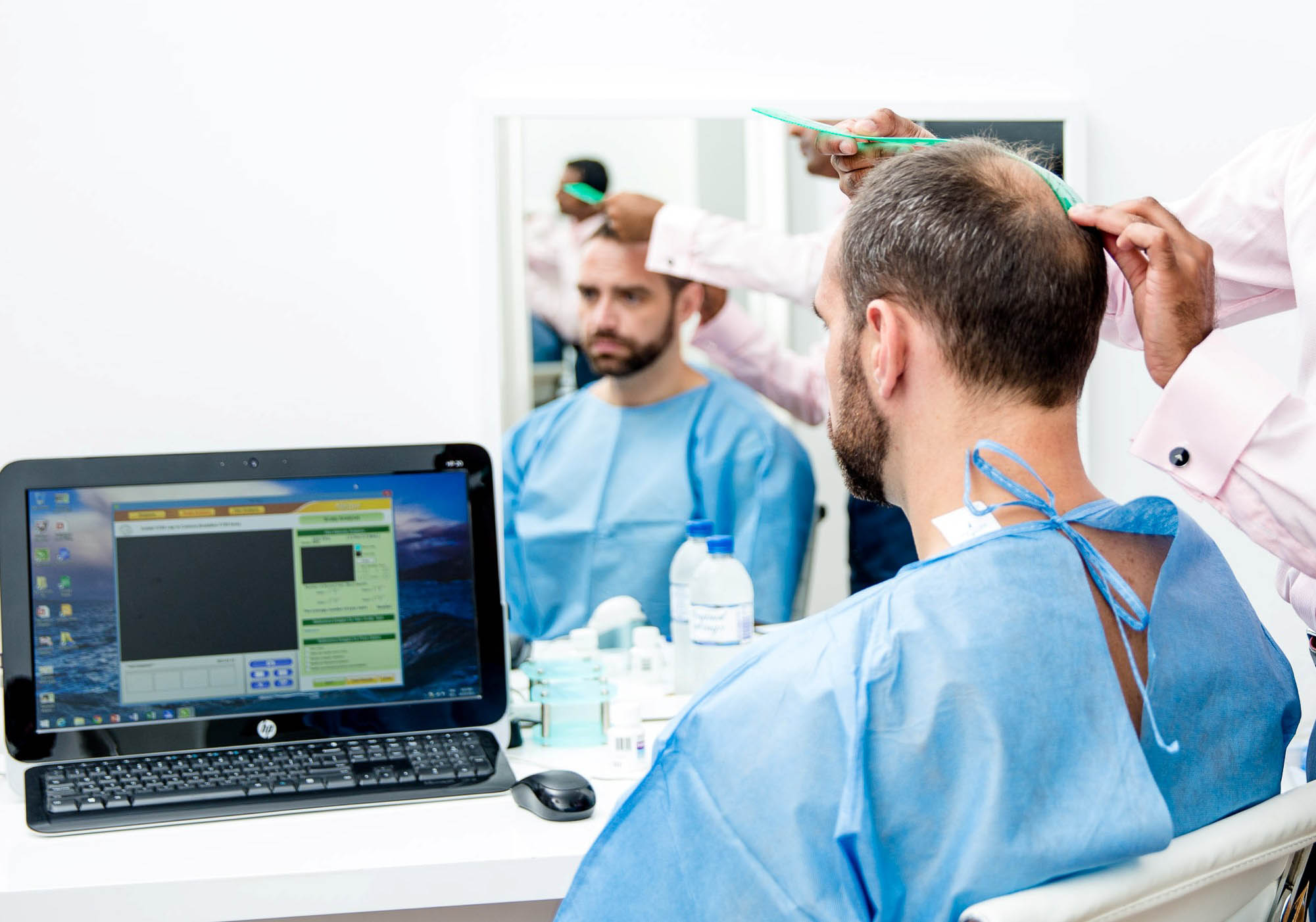Despite the fact that thinning hair is a perfectly natural part of even the healthiest aging process, there are many people—mostly men—who probably hope they can hold it off as long as possible. Of course, what we know these days about nutrition and health—and thanks to modern medicine and technology—we now have lots of different medical Solutions perte de cheveux Capilia.
MINOXIDIL
Perhaps the most commonly used hair restoration medicine today; Minoxidil is a pharmaceutical product you can get over the counter from the pharmacy, of course. You can also get “prescription strength” Minoxidil from your doctor.
LASER TREATMENT
We use lasers in so many ways these days it is somewhat astounding and this method of hair restoration certainly is not without its disbelief. While some are skeptical about this, those who advocate it argue that lasers can help to electrically stimulate hair growth without the help of drugs. If you are of the persuasion which would prefer to not use drugs, this might be a method to consider to, at least, consider.
STEM CELL THERAPY
Lasers are not the only type of technology that we continue to develop and find more uses for. Indeed, scientists have found they can use stem cell therapy as a form of hair restoration treatment.
HAIR CLONING
Similar to stem cell therapy—where you take existing cells from the body and try to replicate them in a laboratory—hair cloning simply involves taking a sample of germinating follicle cells and manipulating them in a lab.
FOLLICULAR UNIT EXTRACTION TECHNIQUE
Also known as FUE, this method involves the extracting of the hair follicle (obviously) from an area of the head where the hair is for thicker and relocating it to another part of the head, where the hair is thinning.
VAMPIRE PRP THERAPY
In Vampire PRP Therapy, the “PRP” stands for “Platelet Rich Plasma.” This method is the most preferred form of hair restoration treatment today. While it may have been around for several decades, scientists had not been able to confirm its efficacy until 2011. Since that time, though, the method has quickly become the most popular method, particularly among professional athletes and celebrities.
This is a simple process but as it is still a bit young in the medical world, it is not available everywhere. The process, to put it simply, involves chemically modifying the blood in order to stimulate growth in the cells of the scalp and, eventually, growth of hair cells too.
 Garcinia Health Max
Garcinia Health Max
